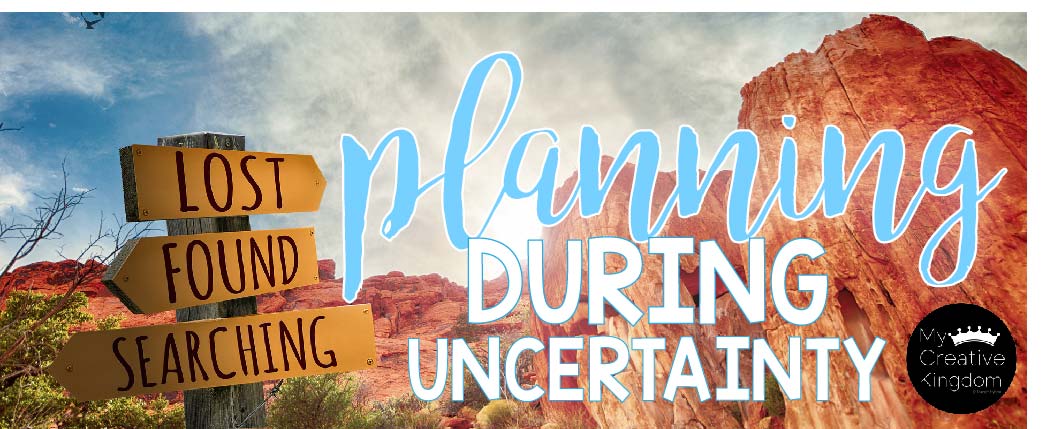The truth is, we haven’t a clue what fall will bring except uncertainty. In essence, the only thing that is certain, is that it is uncertain. Even by knowing this we have some power. We also know blended learning is no longer a fad or a method of throwing technology, equipment and computer programs at kids, but a way we need to systematically plan and organize content to engage learners. I need to be practical, create doable tasks and help make the learning enjoyable.
1. Have a funeral. Embrace change or at the very least accept it. This should go without saying, but the truth is, I have my way of doing things. I have a way I want school to look, and a way I’m used to teaching, which has a specific routine and amount of flexibility I enjoy. I have a commitment to the way I teach, and it’s not easy to let go of some of these practices. I need to have a funeral for some of these ideals. I need to write them down and burn them (metaphorically for me, although if you have a safe way to do so, by all means). I choose to do so joyfully (I tell myself), because I don’t want to be bitter, and it will make future changes so much more difficult for me to embrace. I want an ear to hear and willingness to adopt and transform.
2. Write down what you know. This is empowering and after a funeral, I need a little pick-me-up. It’s the humor in the story that breaks the tension. Life has changed, but what I know works for kids, still works for kids. I might need to rework some things, but that will come later. I will write down the top 10 skills kids need to move onto the next grade. After that, I’ll write down all the materials (print and electronically) I possess to fulfill those skills.
3.Write down what I don’t know. Back to the sandwiching method. This is the difficult part, because you don’t know what you don’t know. I circle or put a checkmark by questions that will (at some point) get answers (might even write a date by them, such as August 1st when our schoolboard will decide the school day structure). I will also indicate which questions might not get answered. I write down any additional programs I think we might have or could have or might have access to in the fall next to my planning with what I already know.
4. Set aside what I don’t know. I can’t work with what I don’t know if I don’t know it. I can work with what I do know, and I can work with uncertainty. I’m planning, and so I validated my feelings of uncertainty and I’m not going to toss them in a pile for a funeral. The uncertainty is real. It’s just going to be set aside for now until I can work out a plan that I can execute, makes sense and won’t cause me to panic.
5. Plan Around what I know. Making a plan isn’t as difficult now that I have priorities. I named the essential skills, and strategies I love and enjoy. Now, I can create a plan around what I intend to teach in the classroom and what I plan to incorporate through technology. I cannot supplement, so what I need to do is think about my classroom lesson planning execution style; I do not mean, beheading. But a systemic way of incorporating the workshop model through a means of multimodal delivery. I plan to create short video lessons, have project-based learning, parent letters, in-class lessons and deepening skills. Everything needs to address what a child needs to know in order to accomplish the skill.
6. Be Creative. So, think about what technology you could use to enhance your teaching strategies and skills. You could take current materials and assign them through online modalities such as Microsoft Teams, SeeSaw or Google Classroom (Depending on your grade level and school). For my kindergarten class, technology integration will strongly come in the form of independent practice whereas I will reserve small group or intervention and skills needed for interpersonal team building activities for in-class. I will also video tape direct instruction, and the modeling portion of the lesson so kids have access to this content regardless of in-person instruction.
This is just a snapshot, a few tips to get you started. I’m currently developing a class and series of videos that will address what this looks like in the classroom on a more specific approach. However, this should be enough to get you started.
